Unexpected success from Vietnamizing classic works
For readers of the 8X and 9X generations, whenever they mention names like Nobita, Xuka, Chaien, Xeko... they certainly have many memories of the time when they were passionate about the comic series "Doraemon". Independent comic researcher ChuKim said that more than three decades have passed since 1992, when Kim Dong Publishing House brought the famous comic series "Doraemon" to Vietnam, the intelligent robot cat has become a close friend of many generations of children and parents. For him personally, receiving two copies of "Doraemon" from his father was truly a "first shock in life".
“The Doraemon signal shot in 1992 was like a bomb exploding in a clear sky. The mark of “Doraemon” in the hearts of readers is irreplaceable, it can be considered a cultural monument,” Mr. ChuKim commented.
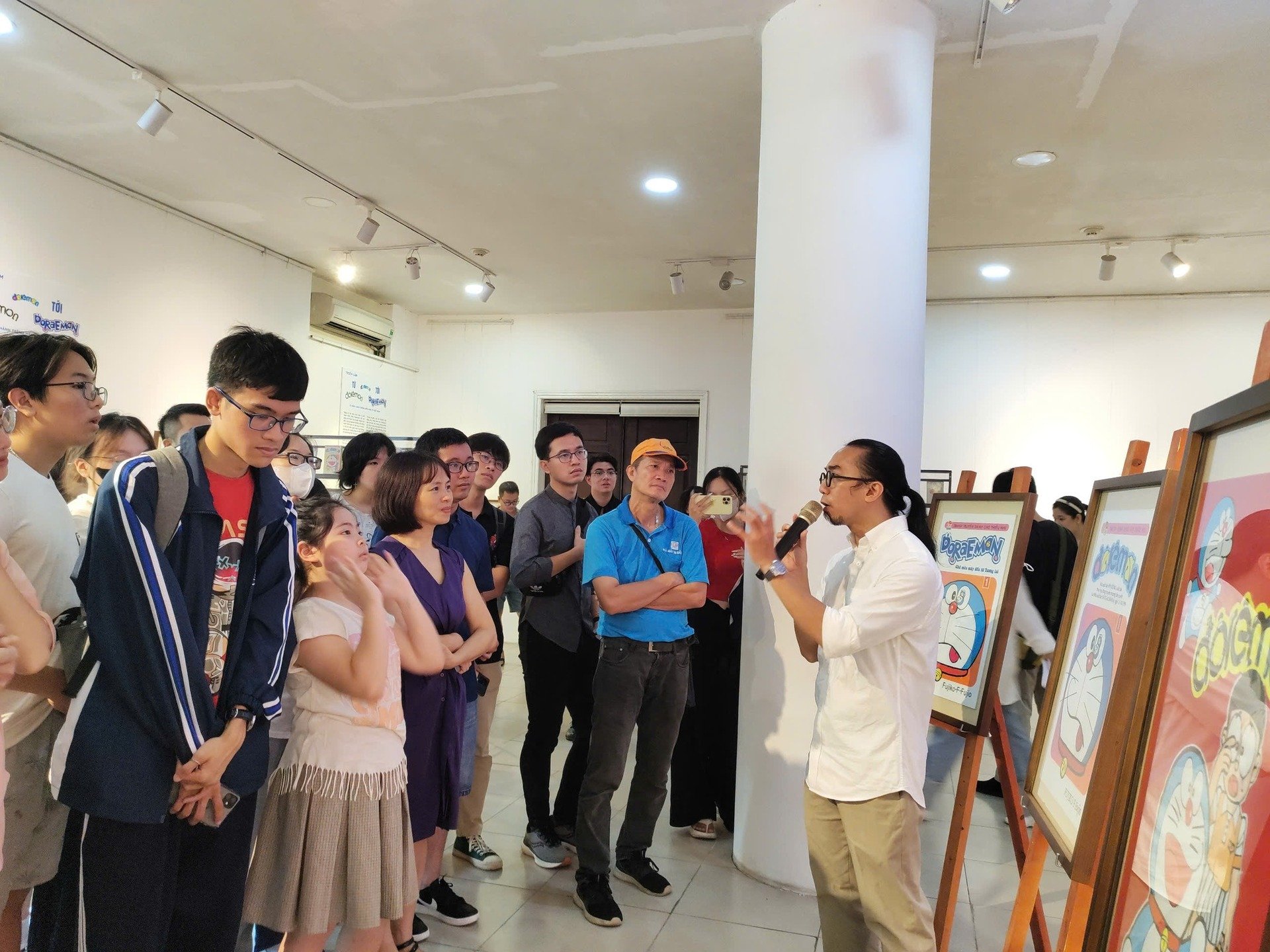
Independent comic researcher ChuKim shared at the exhibition "From Doraemon to Doraemon, 30 years of the robot cat's journey in Vietnam".
However, few people know that the Doraemon series in Vietnam has 3 editions and there was a time when this series was published without copyright. Writer Le Phuong Lien, the editor of the first version of "Doraemon" series, recounted that in the years after the subsidy mechanism was abolished, Kim Dong Publishing House was in a difficult situation, books were not sold and filled the warehouse. Editors, even directors, had to sell books on the sidewalk. Luckily, during a training session in the fall of 1991, Mr. Nguyen Thang Vu (Director of Kim Dong Publishing House at that time) was informed by a Thai colleague that the "Doraemon" series was very popular with children in this country.
After studying the Thai edition and the original Japanese version, Mr. Vu decided to make this book, even though 90% of the unit's staff thought the book would not sell. After 6 months of continuous debate, Ms. Lien was encouraged to accept the editing of "Doraemon".
Learning from the Thai people, Kim Dong Publishing House did not translate the original but re-edited it. Artist Bui Duc Lam was chosen to edit the content and images of the book series. Production was also moved to Ho Chi Minh City. On December 11, 1992, volume 1 titled “The Transforming Scarf” was released to the market, marking the arrival of “Doraemon” in Vietnam. No one could have expected that a fever of comic books would break out among young readers right after “Doraemon” was released. Bookstores everywhere were sold out before the eager eyes of young readers.
“The first four volumes were very successful. Mr. Vu flew to the North, his voice hoarse, announcing that 40,000 copies of the book had been sold out. The story was like a thunderclap signaling that very big things were about to happen,” Ms. Lien recalled.
Despite its great success, the unlicensed edition of “Doraemon” officially stopped being published in 1995. After purchasing the copyright, in 1998, “Doraemon” returned with content that harmonized the spirit of the 1992 edition and the original. In 2010, Kim Dong Publishing House stopped publishing books with the name “Doraemon”, replacing it with “Doraemon”, with a translation that closely followed the Japanese. The characters were also changed to their original names: Shizuka, Jaian, Suneo, Dekisugi. The format of the book also changed, with printing from right to left, similar to the way manga is read in Japan. After this period, in addition to the traditional comic book version, “Doraemon” reached readers through channels such as movies, animated series, and color comics.
“The more Doraemon wins, the hotter the copyright issue becomes. Kim Dong Publishing House has respected copyright from the very first step by signing with its partner 6 years before Vietnam joined the Berne Convention,” said Ms. Lien.
There are still challenges
According to researcher ChuKim, the Doraemon comic series is not only a cultural phenomenon in the early stages of the comic publishing industry in Vietnam, but also reflects the integration and development process of Vietnamese popular culture. From the unique 1992 version, to the 1998 version and the versions after 2010, “Doraemon” has demonstrated its enduring vitality and profound influence on many generations of Vietnamese readers.
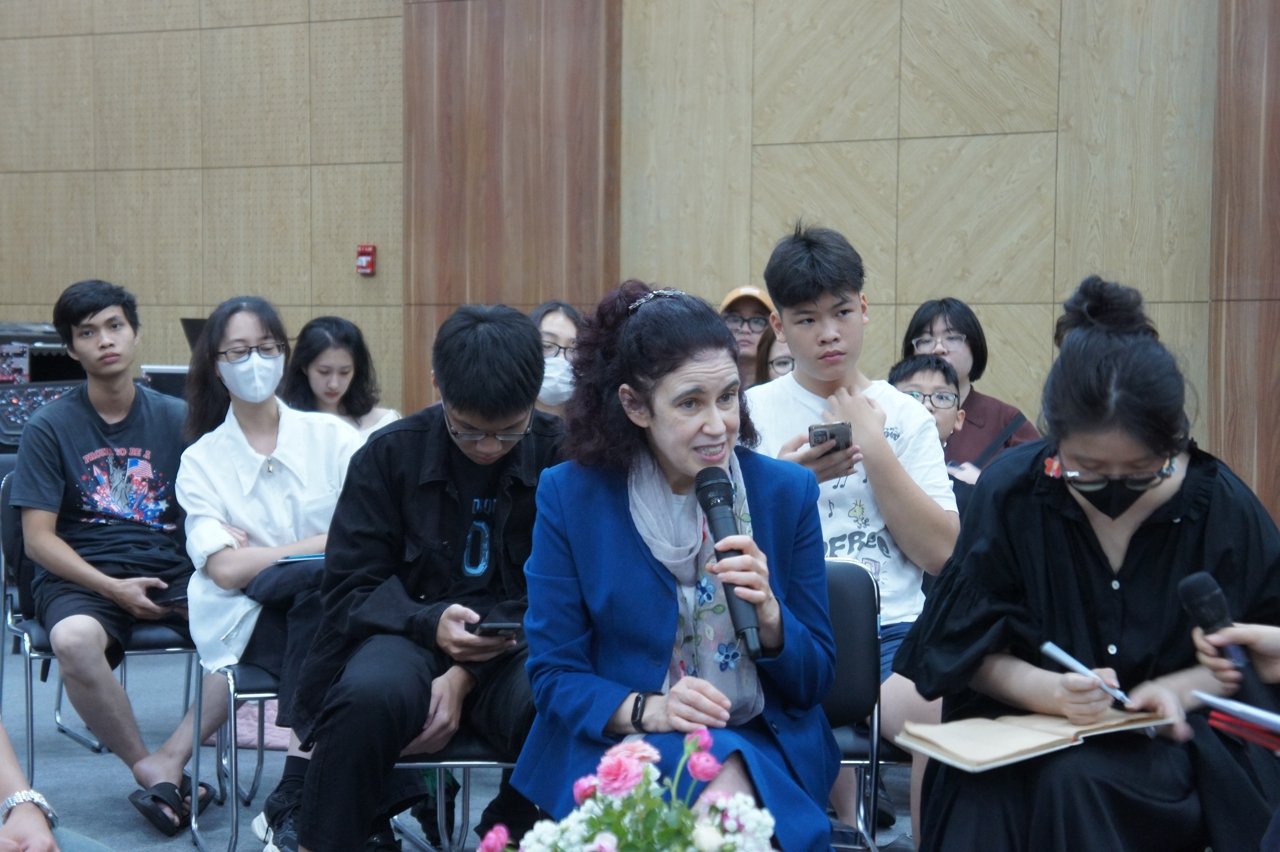
Roundtable discussion “From Doraemon to Doraemon: Comic copyright in Vietnam through three decades”.
Looking at it from a broader perspective, Associate Professor, Dr. Nguyen Thi Thu Phuong, Director of the Vietnam National Institute of Culture and Arts, said that the publishing industry is one of the 12 cultural industries identified within the scope of the Strategy for the Development of Cultural Industries to 2020, with a vision to 2030. Our study of the path of Doraemon comics to Vietnam gives us an overview to promote understanding and knowledge sharing on the protection and exploitation of intellectual property, copyright and related rights in the publishing sector.
However, to achieve success like “Doraemon” is not simple. Although there has been great progress, the issue of copyright enforcement in Vietnam is still a very painful story. A comic book that has just been released is almost immediately pirated, shared online, and then anyone can access it for free. Researcher ChuKim said that in Vietnam, there are many people who have the habit of reading pirated comics. This is so common that it has “blown away” the form of comic book rental in Vietnam while this form is still popular in Japan, Korea, Thailand, etc.
“These websites are not subject to any sanctions and they are very flexible in changing their domain names. With the current level of information technology, today they buy a domain name in this country and tomorrow they change it to a domain name in another country extremely quickly.”
According to researcher ChuKim, the level of readers today is very high and demanding, they require a comic work not only to have good content but also a well-finished product with beautiful form. They are willing to buy the original to compare, contrast, and even find errors missed during editing. This will put pressure on those working in publishing.
However, the most worrying thing is that the majority of the public still considers comics to be only for children. Researcher ChuKim believes that in order to build a cultural industrial foundation from cartoons and comics, we must first change that mindset, because if we continue to position it like that, this type of art will encounter many barriers.
According to Dr. Nguyen Thi Thu Ha (Center for Development of Cultural Industry and Contemporary Arts - Vietnam National Institute of Culture and Arts), the presence and development of Japanese comics in Vietnam, of which Doraemon is a typical representative, will raise issues that need to be researched and developed policies to promote the cultural publishing industry as a creative cultural industry.
“Doraemon reflects a period of the publishing industry, of comics in Vietnam, reflects the change in thinking of editors, state managers of cultural and artistic activities and reflects the openness of readers. From a research perspective, the book series says a lot, it shows that on the basis of readers' openness, we can have the development and diversity of cultural expressions later on”, Ms. Ha commented.
The Vu
Source: https://www.congluan.vn/cong-nghiep-truyen-tranh-viet-namtu-doremon-toi-doraemon-post313992.html



![[Photo] Prime Minister Pham Minh Chinh chairs conference on anti-smuggling, trade fraud, and counterfeit goods](https://vphoto.vietnam.vn/thumb/1200x675/vietnam/resource/IMAGE/2025/5/14/6cd67667e99e4248b7d4f587fd21e37c)




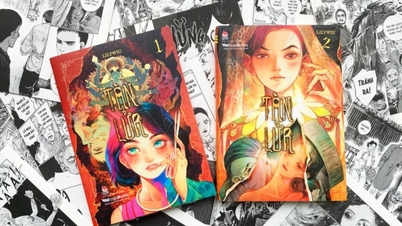







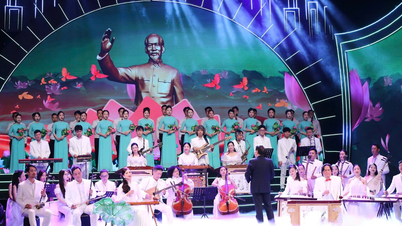

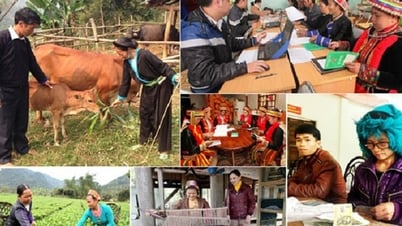




































































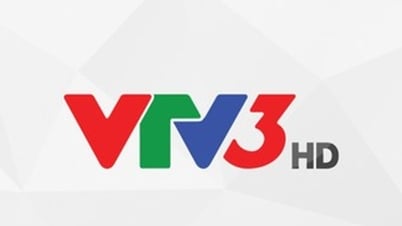
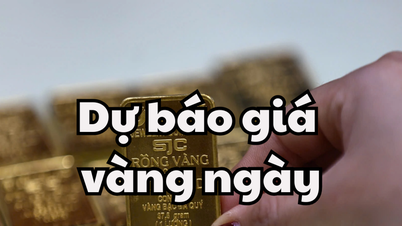















Comment (0)